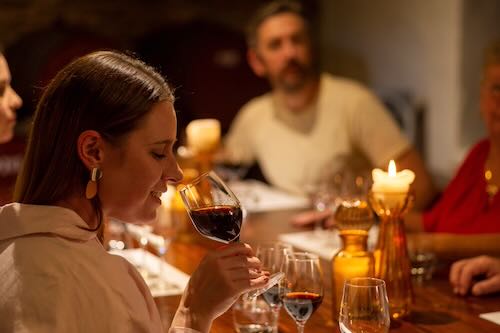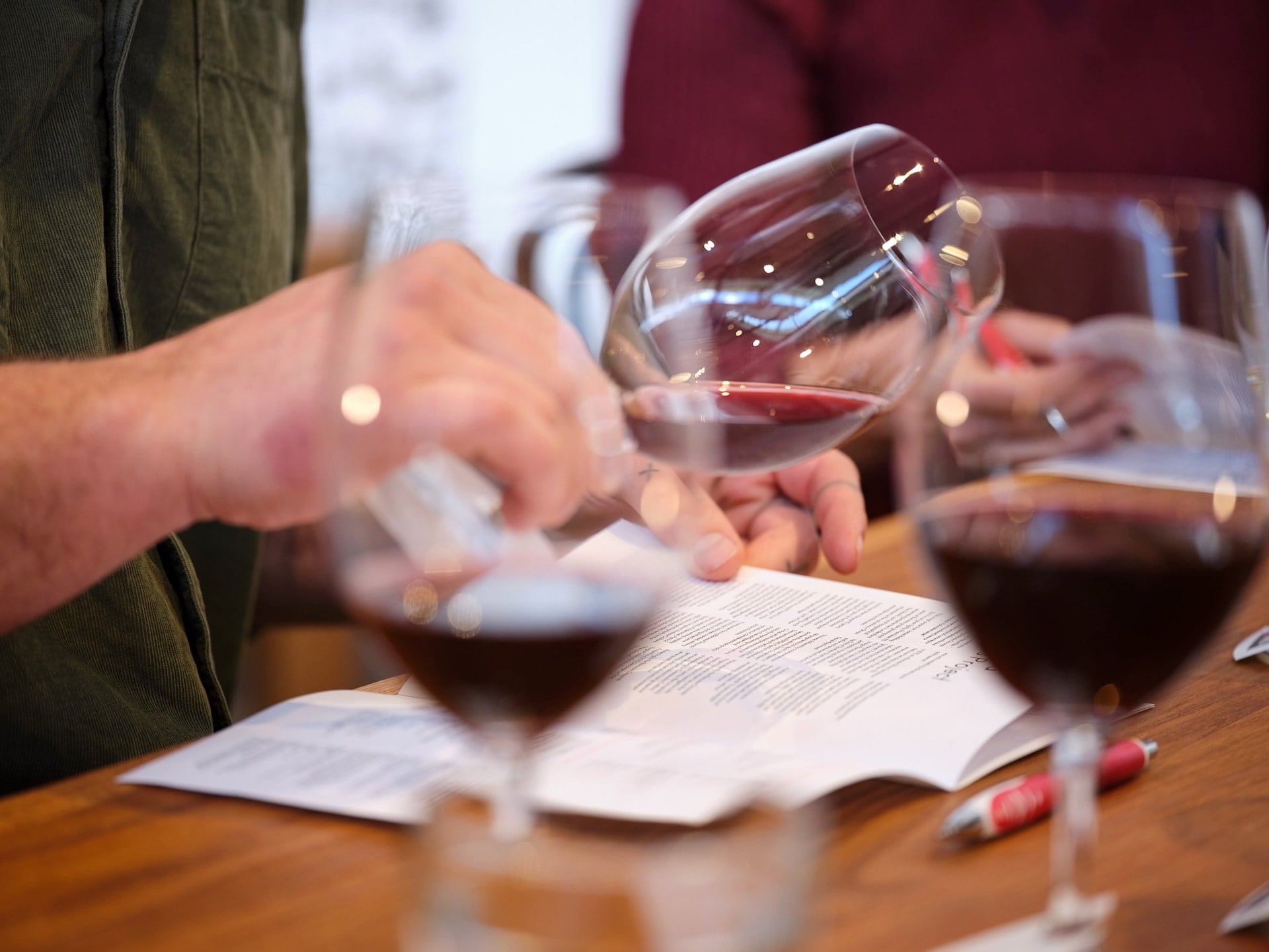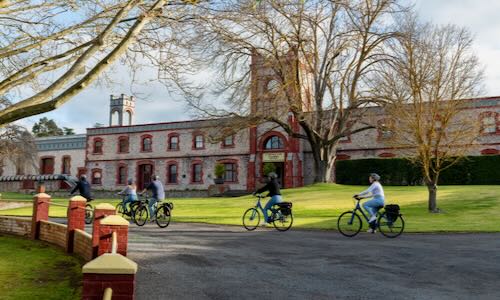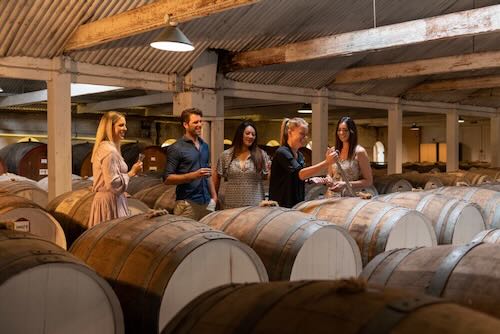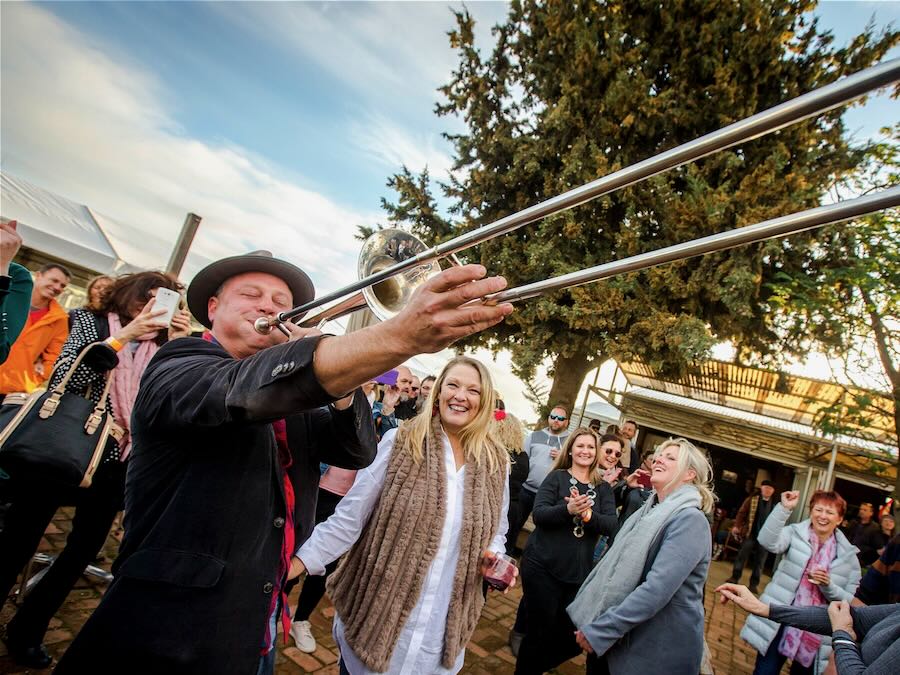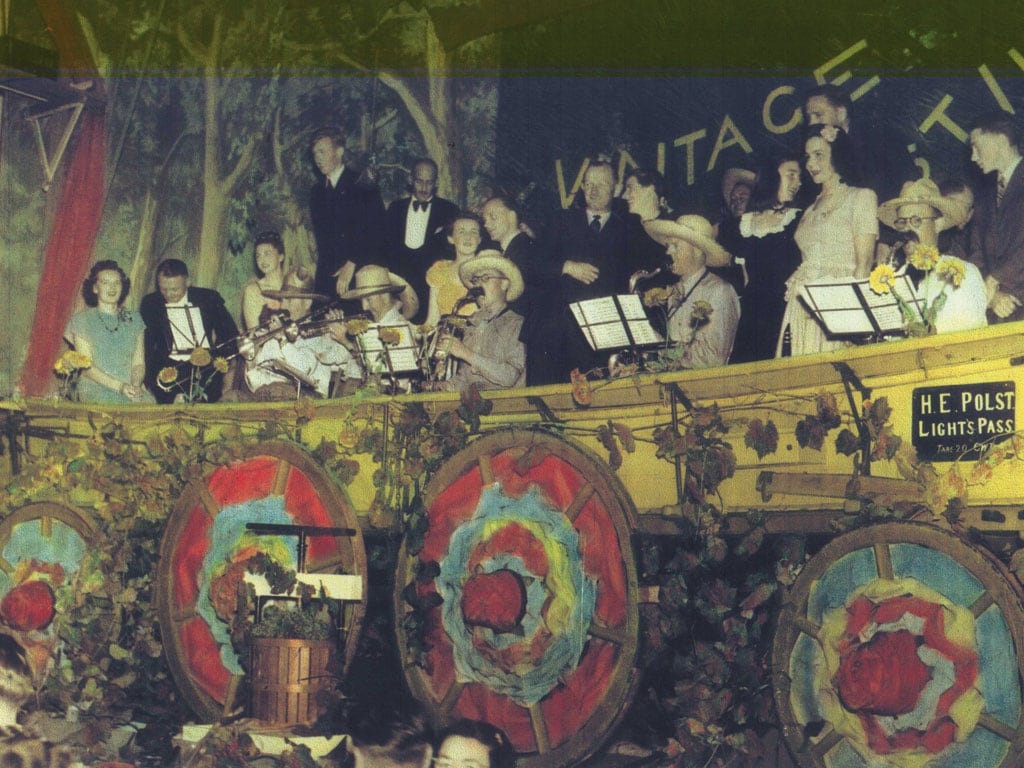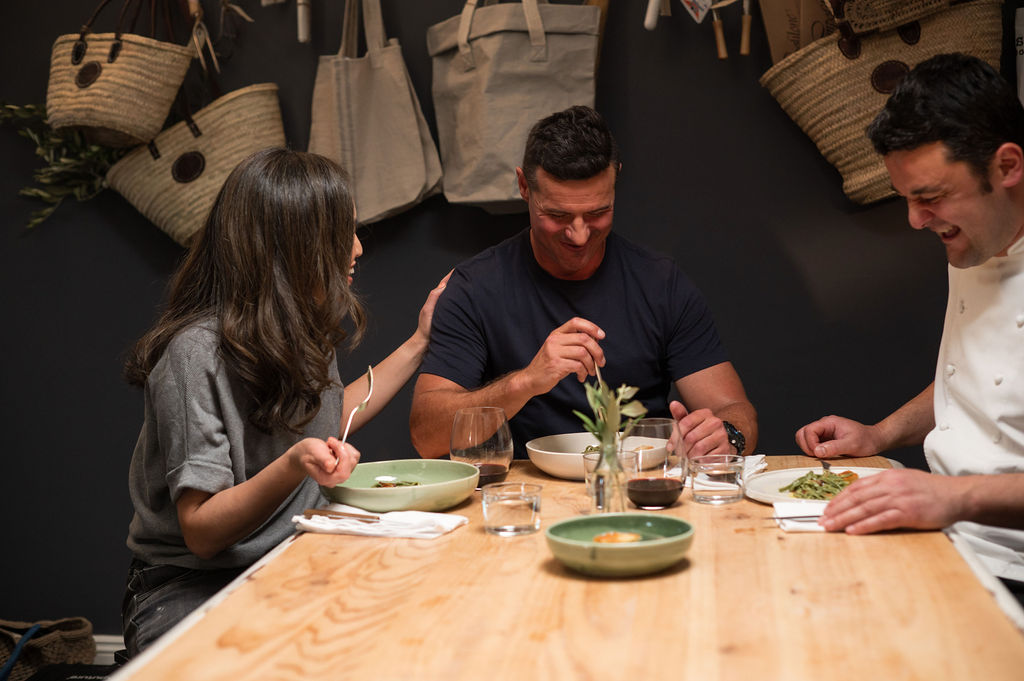slide 1 of 1
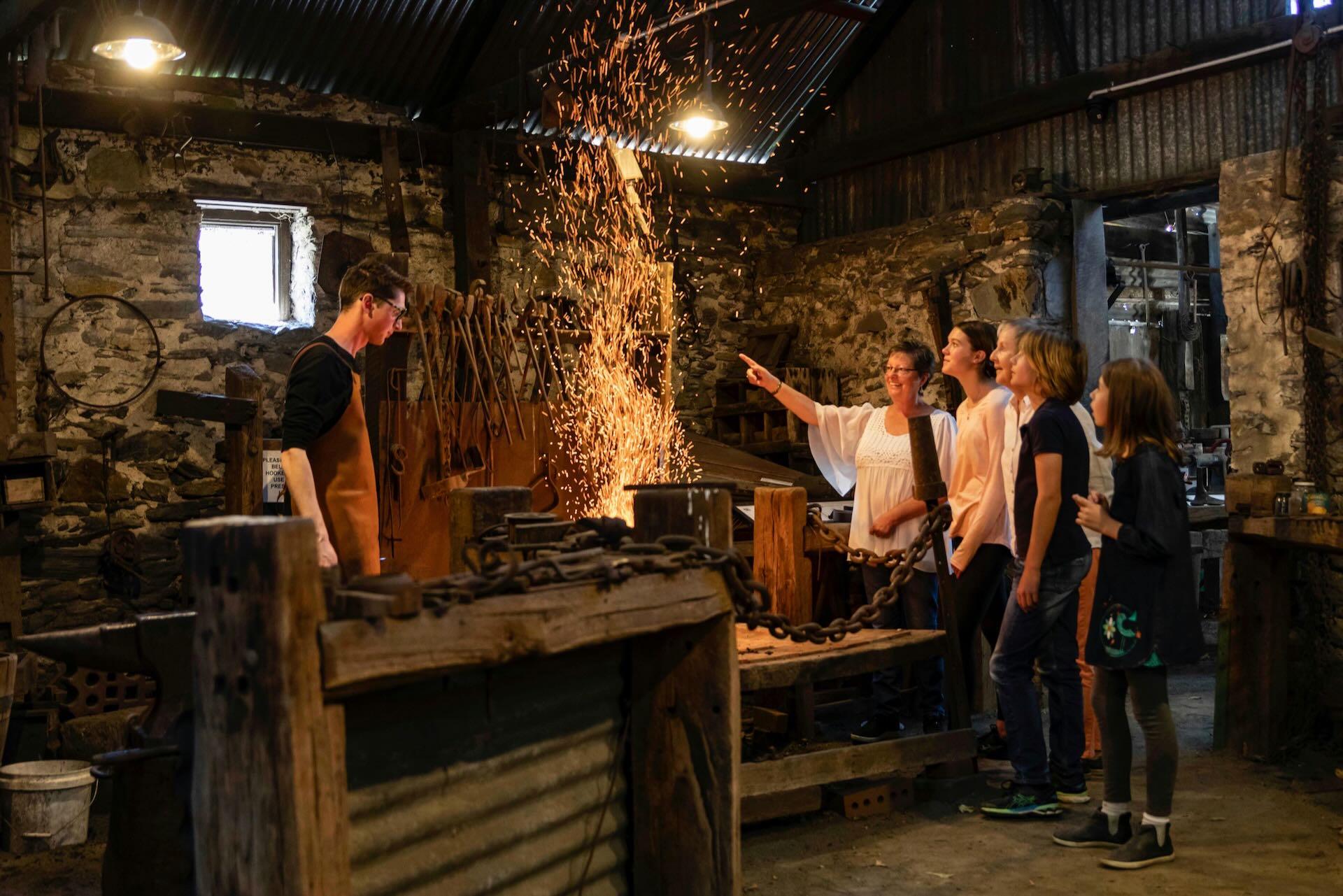
Home > Visit > Things to do > Arts & culture
Arts & culture
A rich tapestry
Creative spirit, woven through generations
Art and culture are woven into the fabric of Barossa, offering a rich tapestry of creativity and craftsmanship. From intimate gallery spaces showcasing local talent to dynamic festivals that bring music, theatre, and storytelling to life, there’s an unmistakable spirit of artistry and self-expression here. Murals, sculptures, and heritage architecture tell the stories of generations past, while contemporary artists and makers add fresh perspectives. Barossa invites you to immerse yourself in a culture that’s as warm and welcoming as the people who shape it.
FILTER BY:
FILTER BY
FILTER BY
Loading...
slide 1 of 9

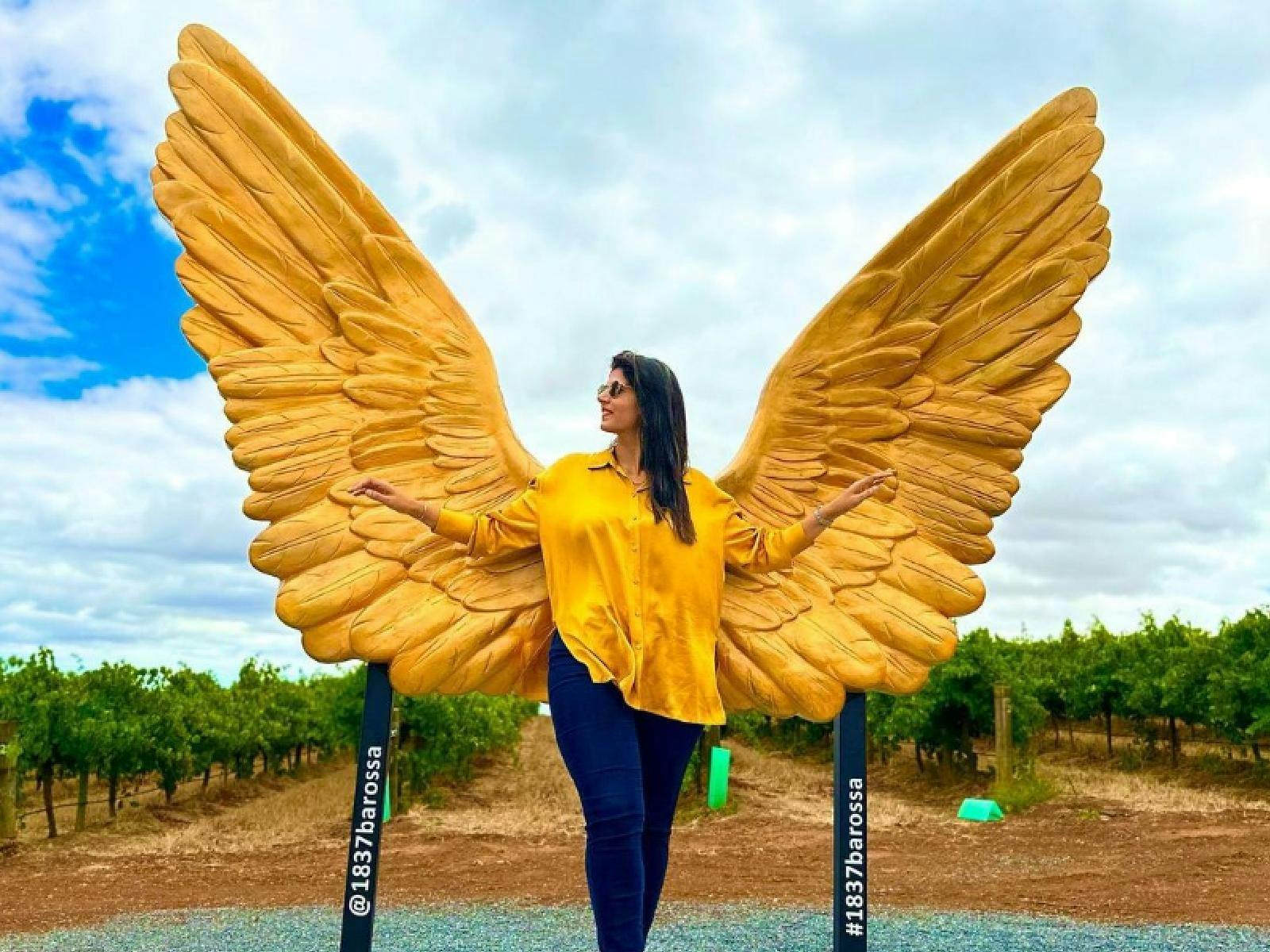
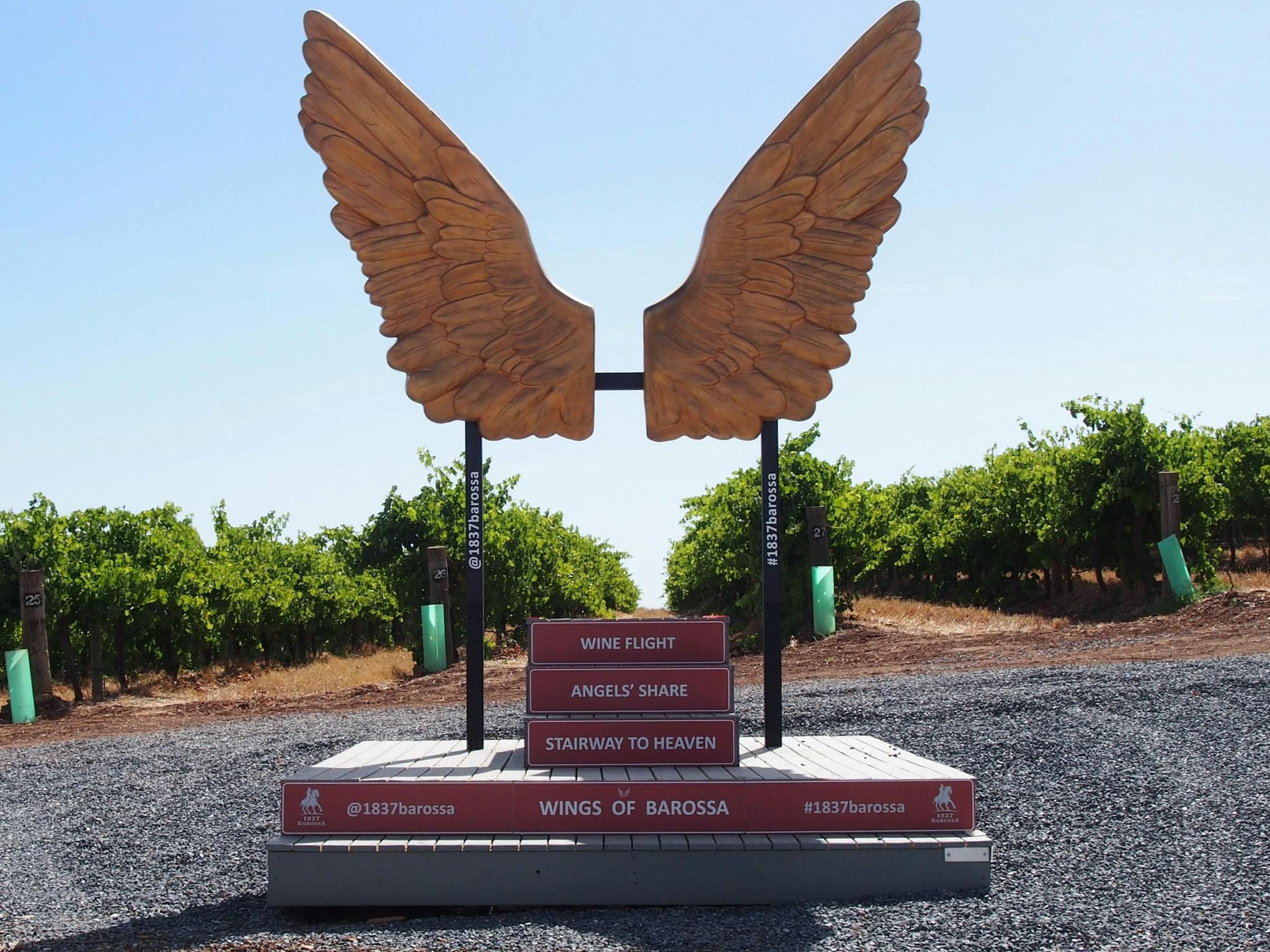


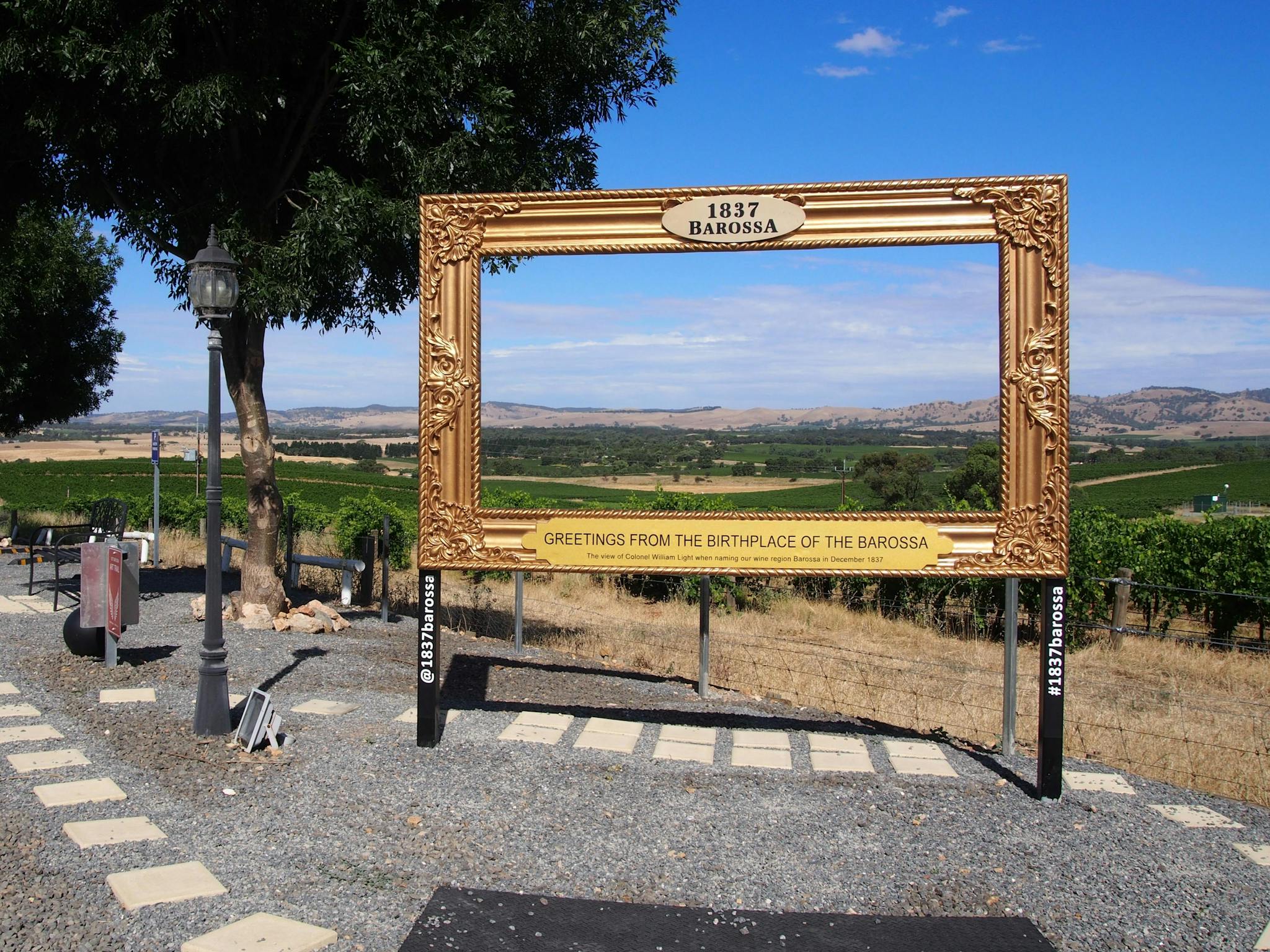
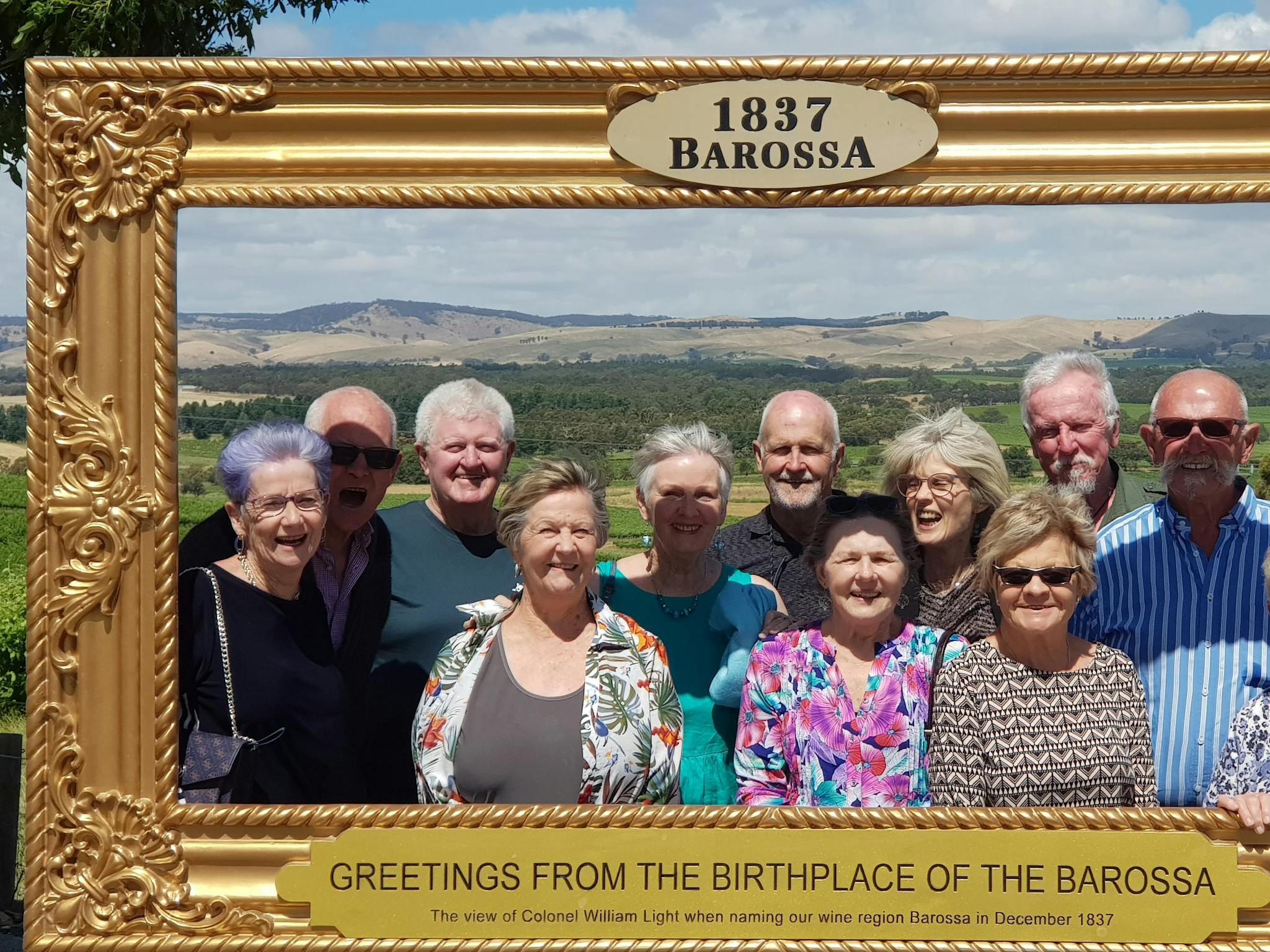
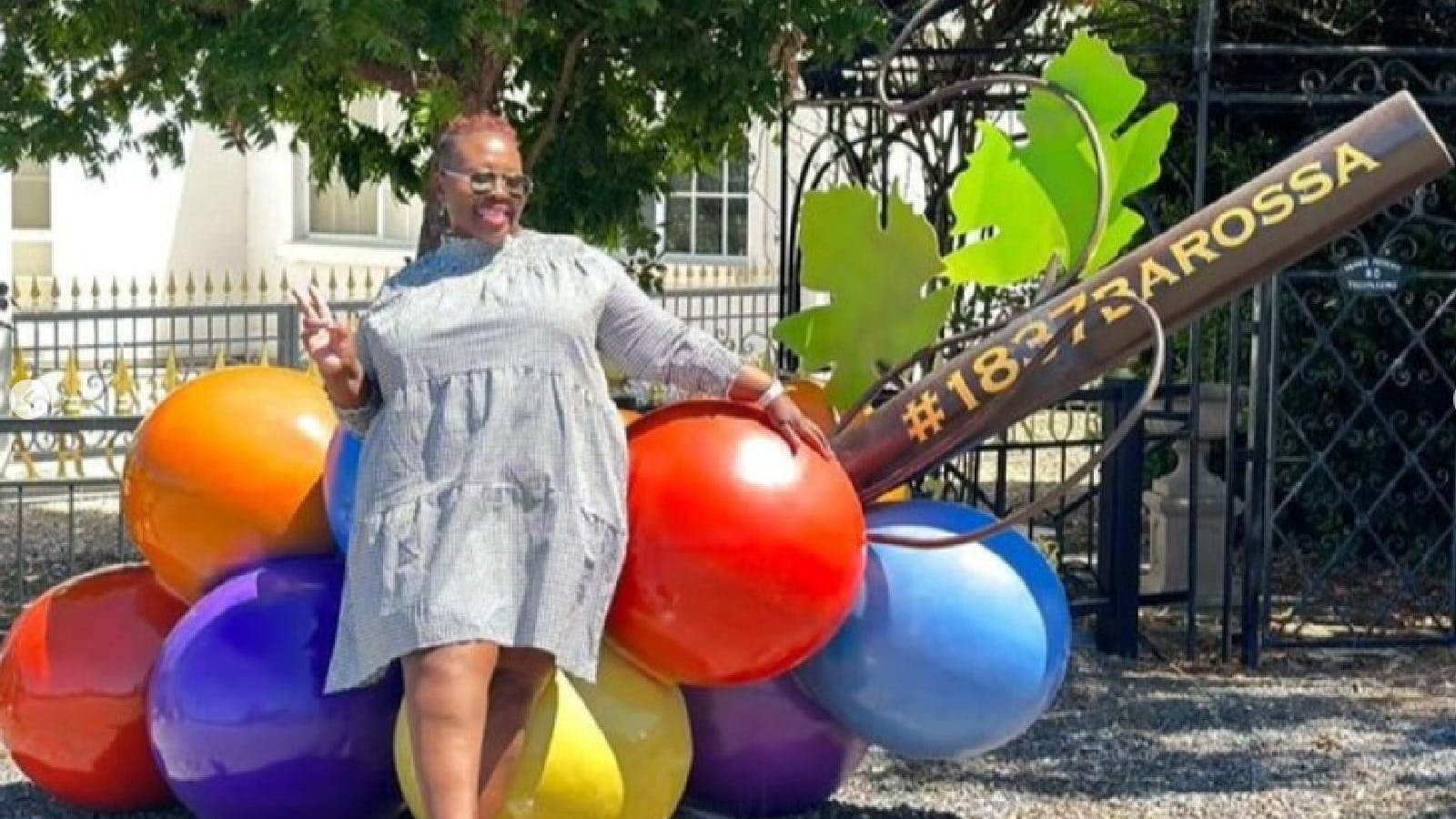

slide 1 of 5





slide 1 of 2


slide 1 of 4


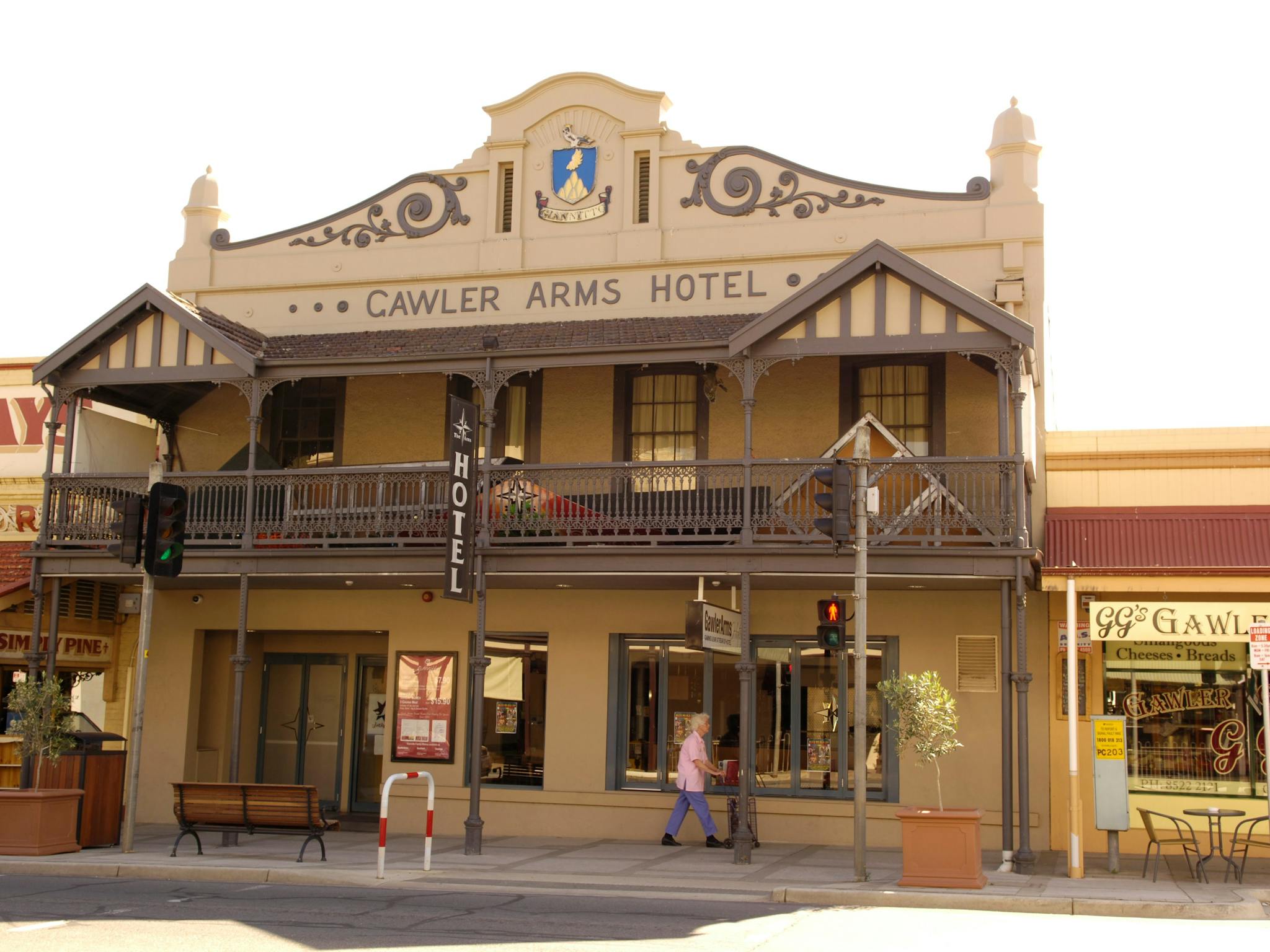
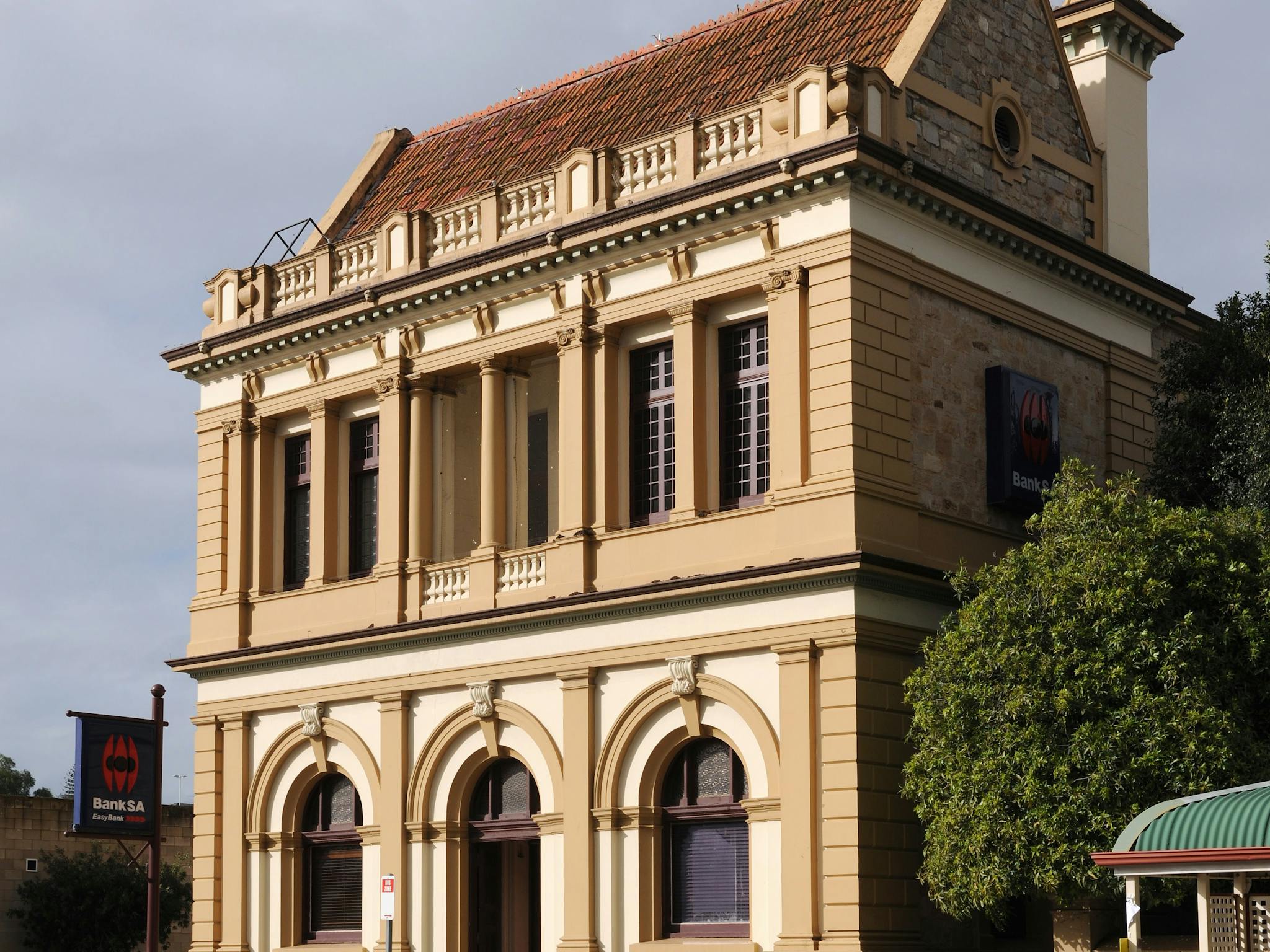
slide 1 of 6






slide 1 of 10




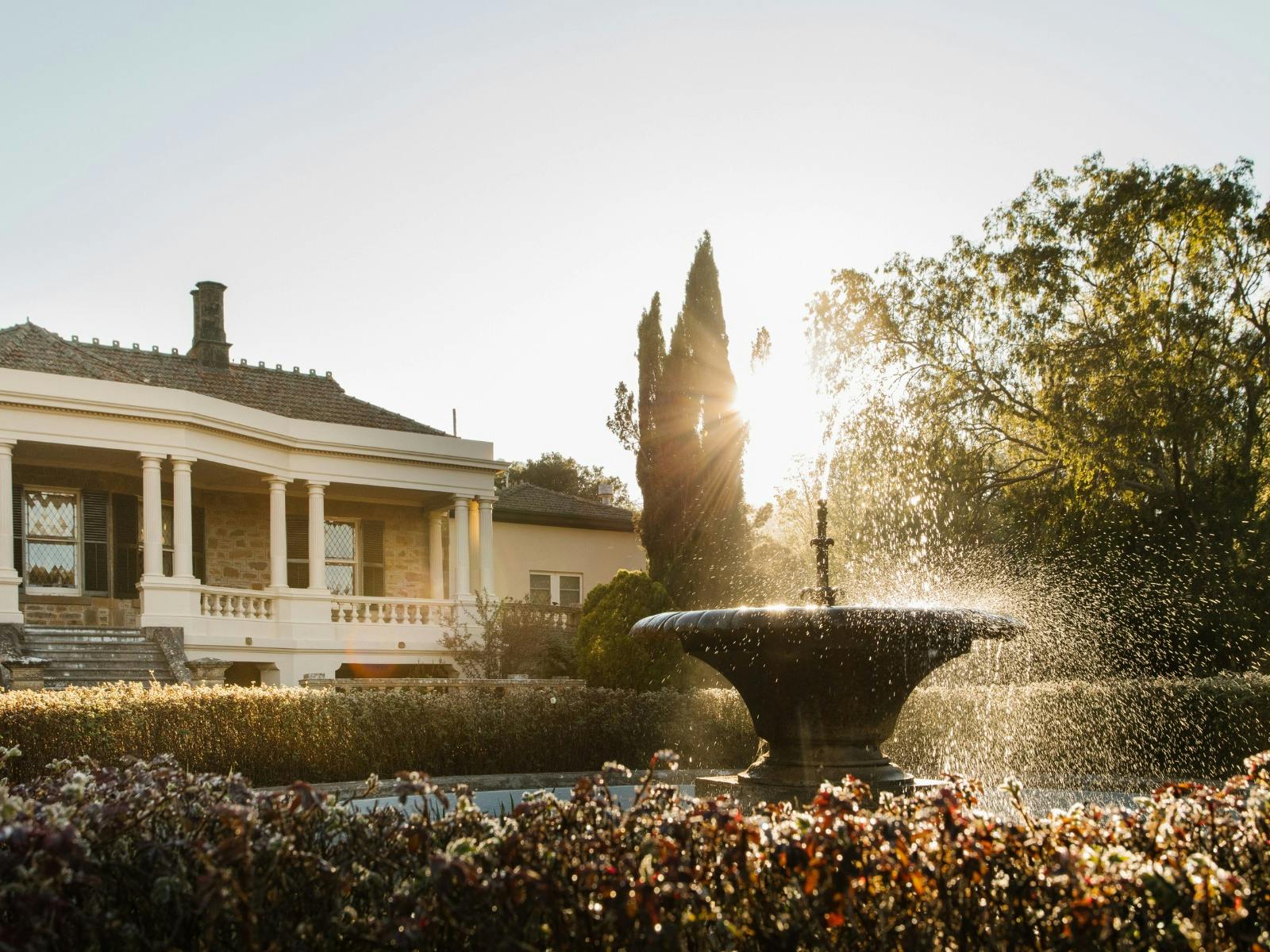

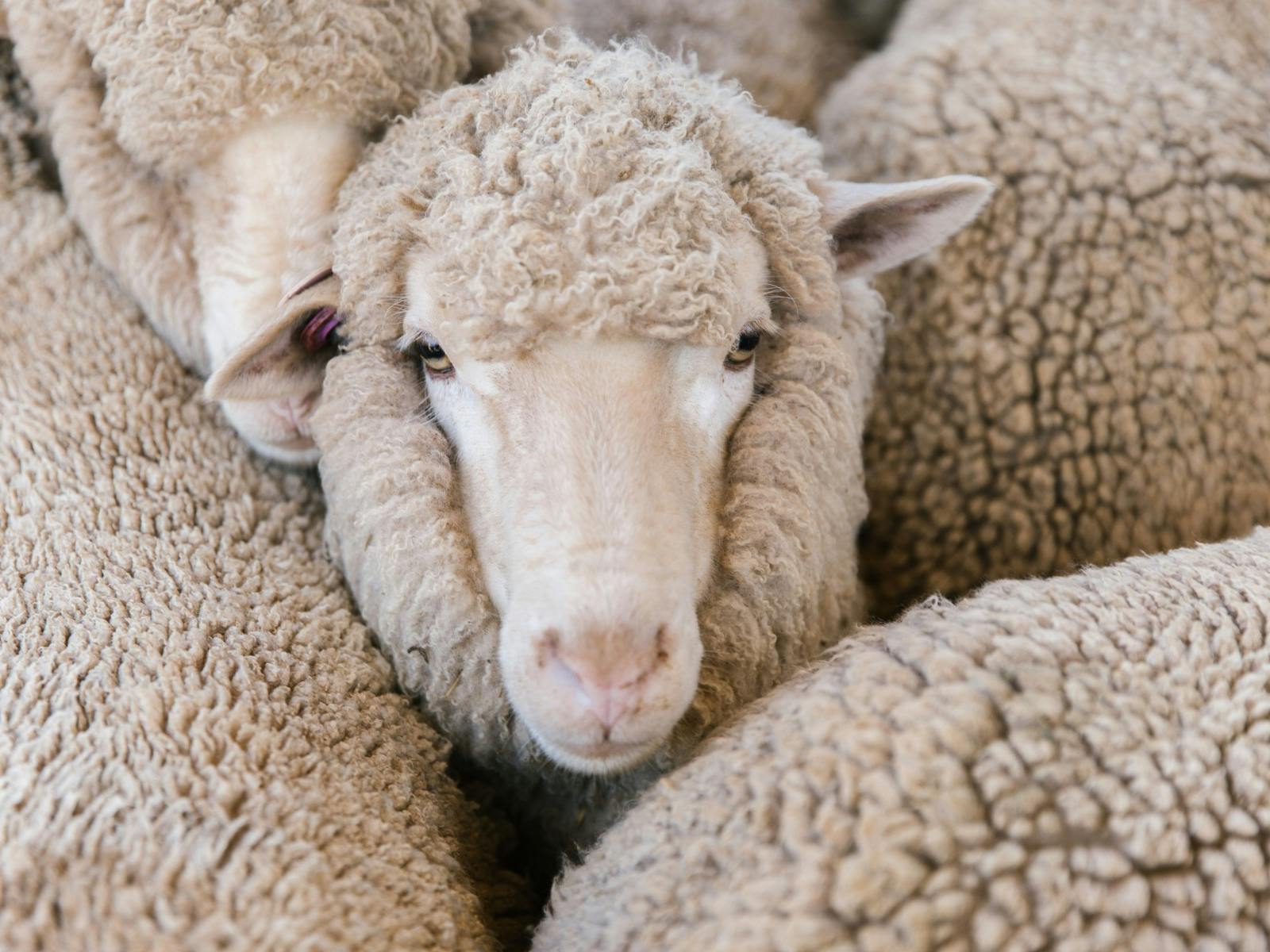
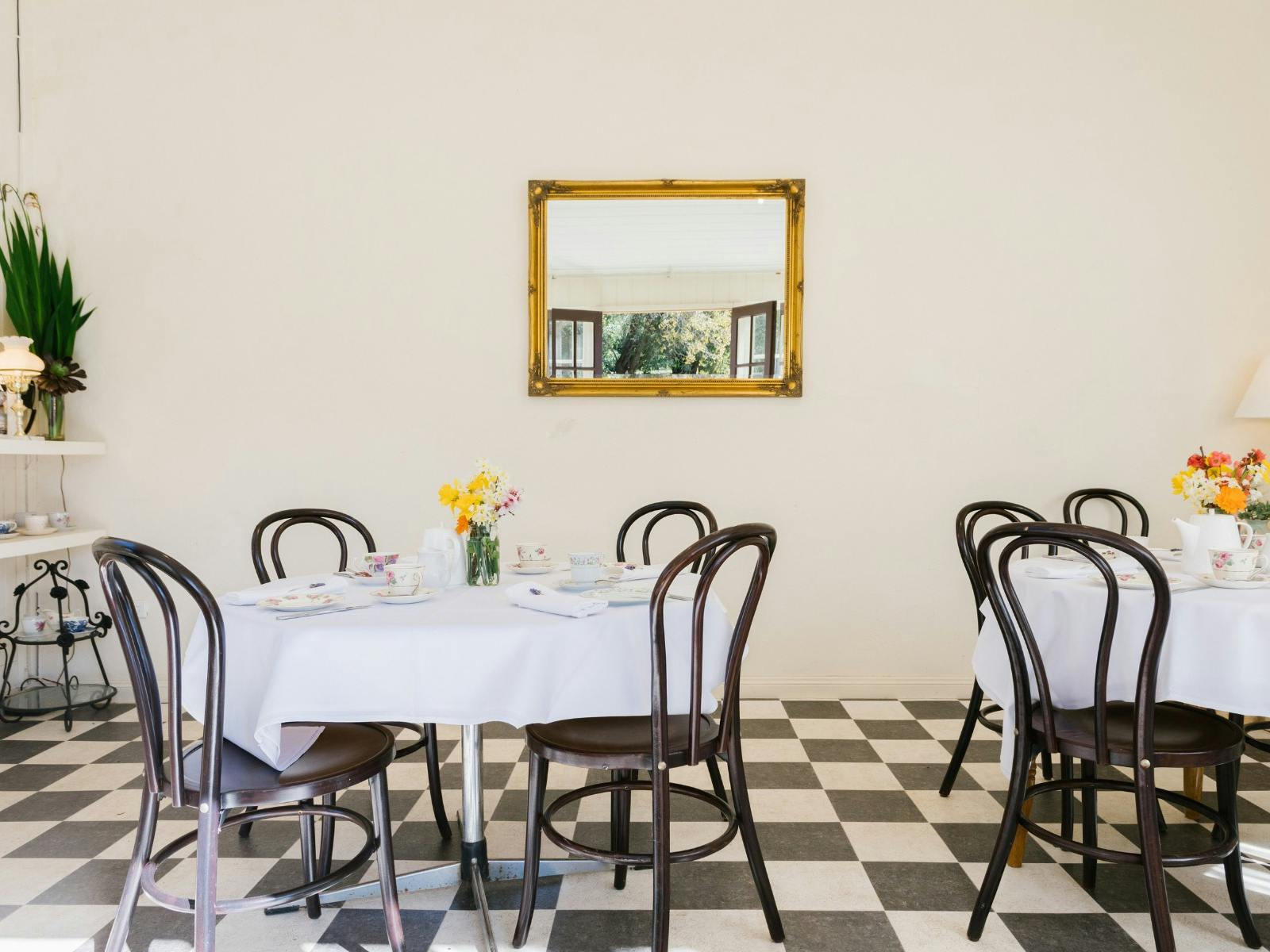
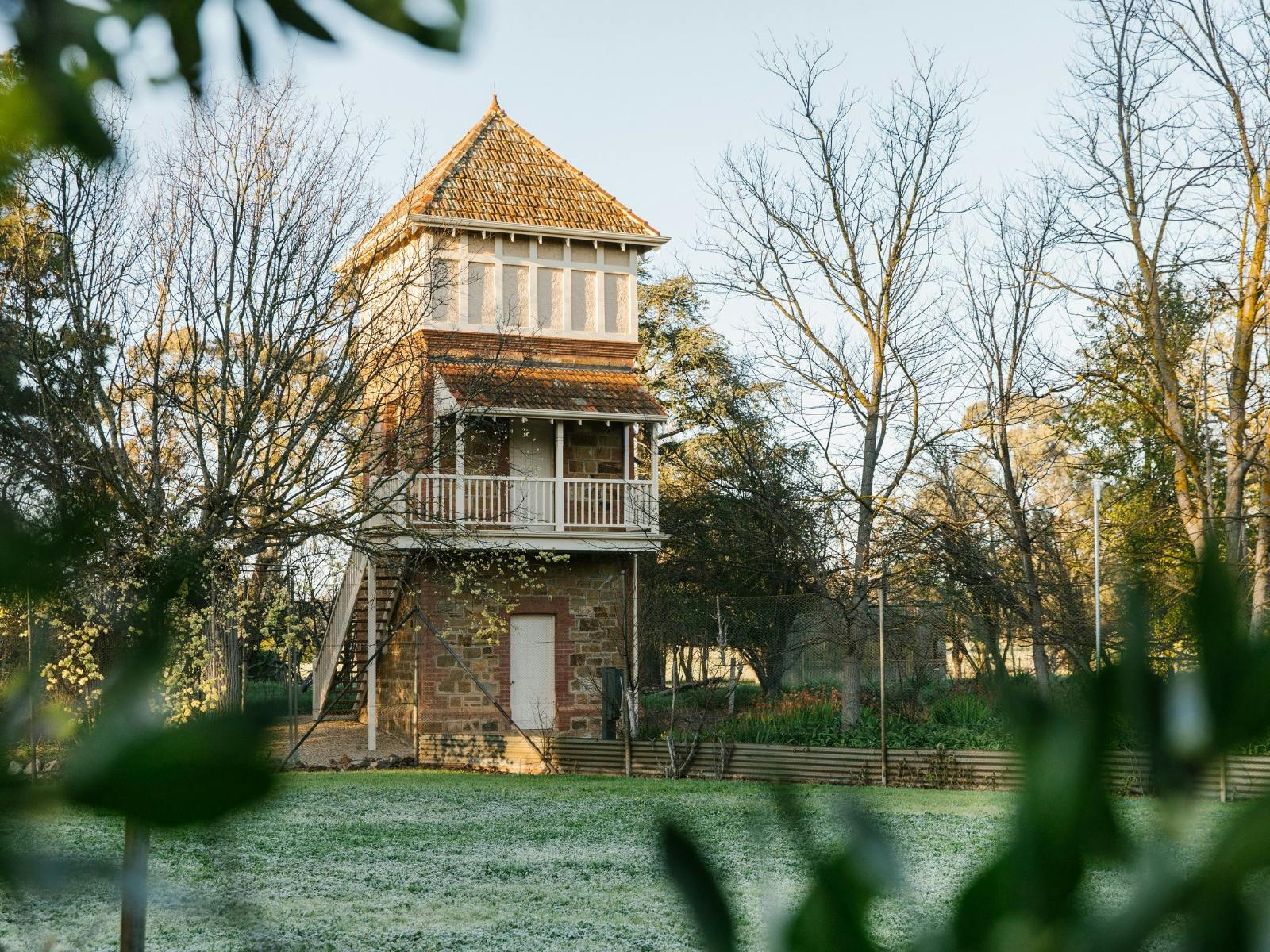

slide 1 of 2
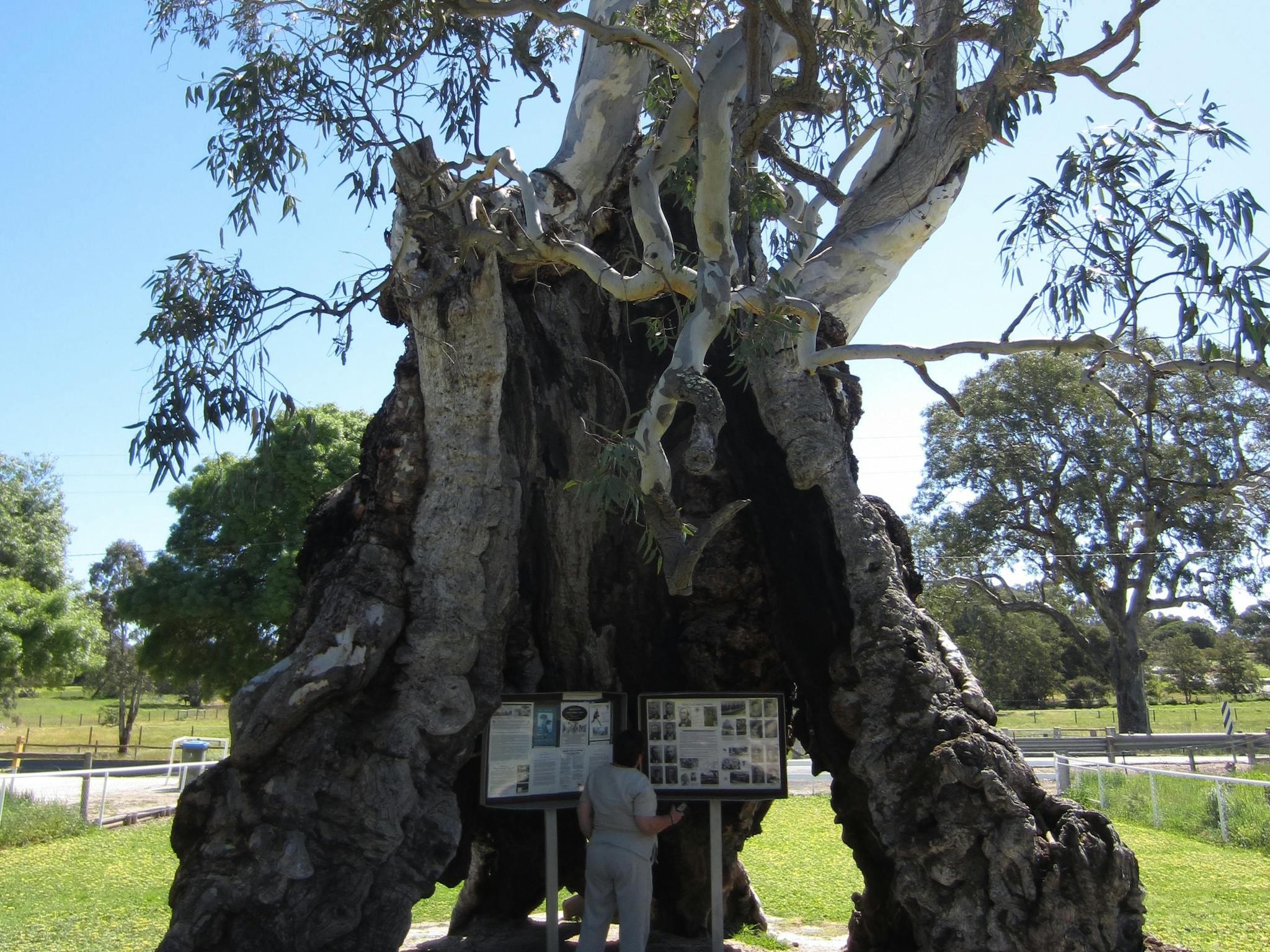
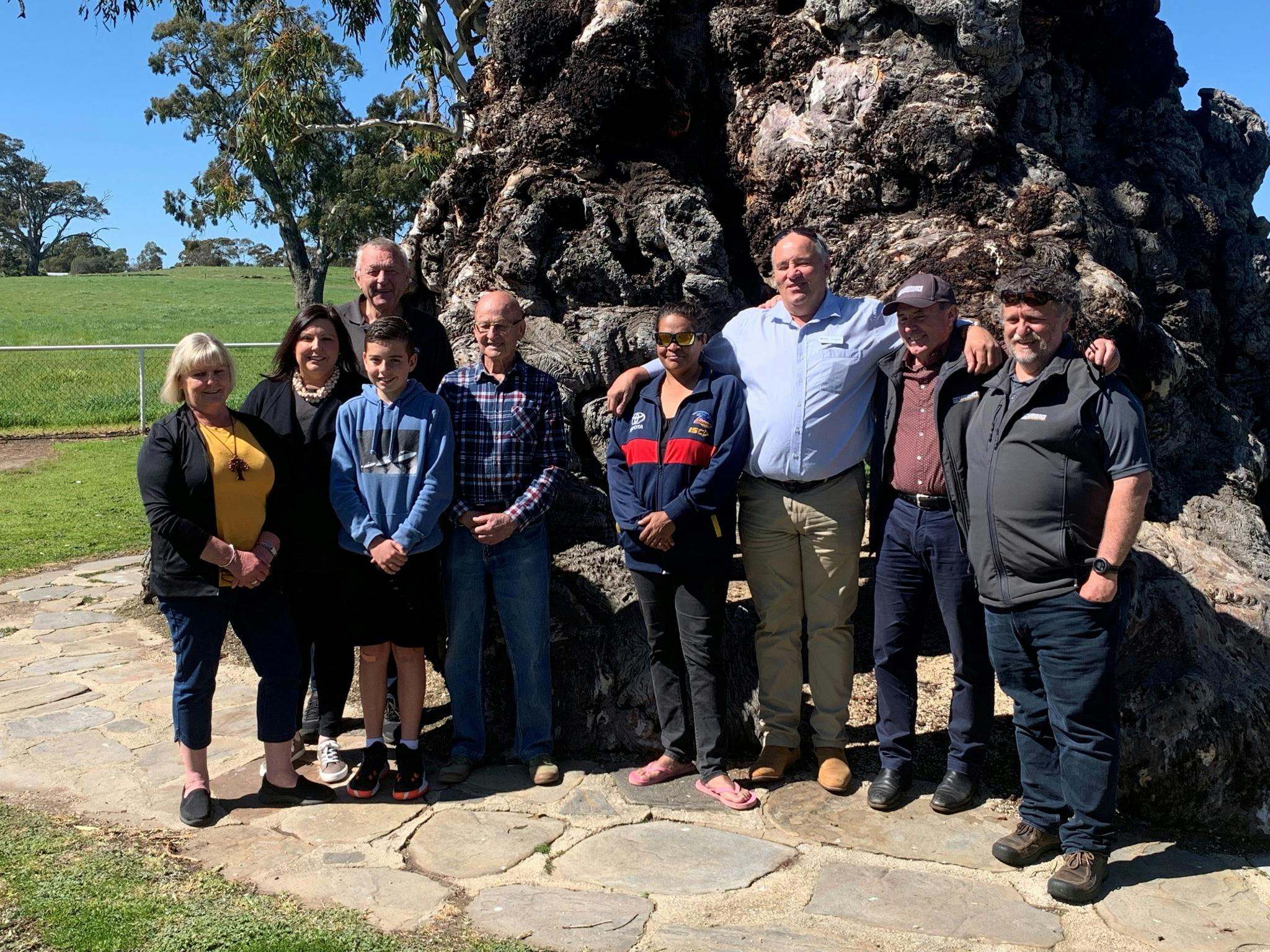
slide 1 of 1
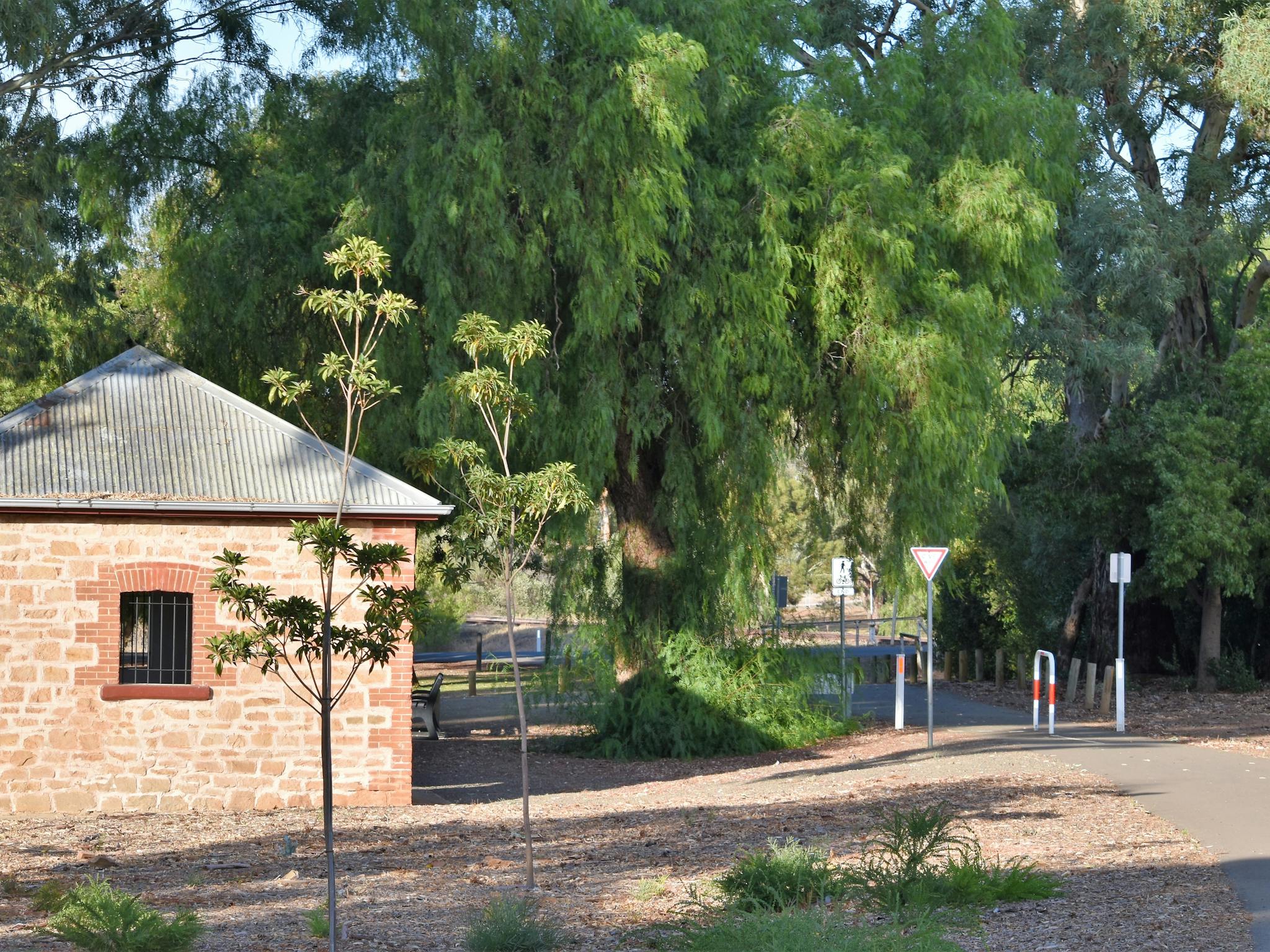
slide 1 of 5
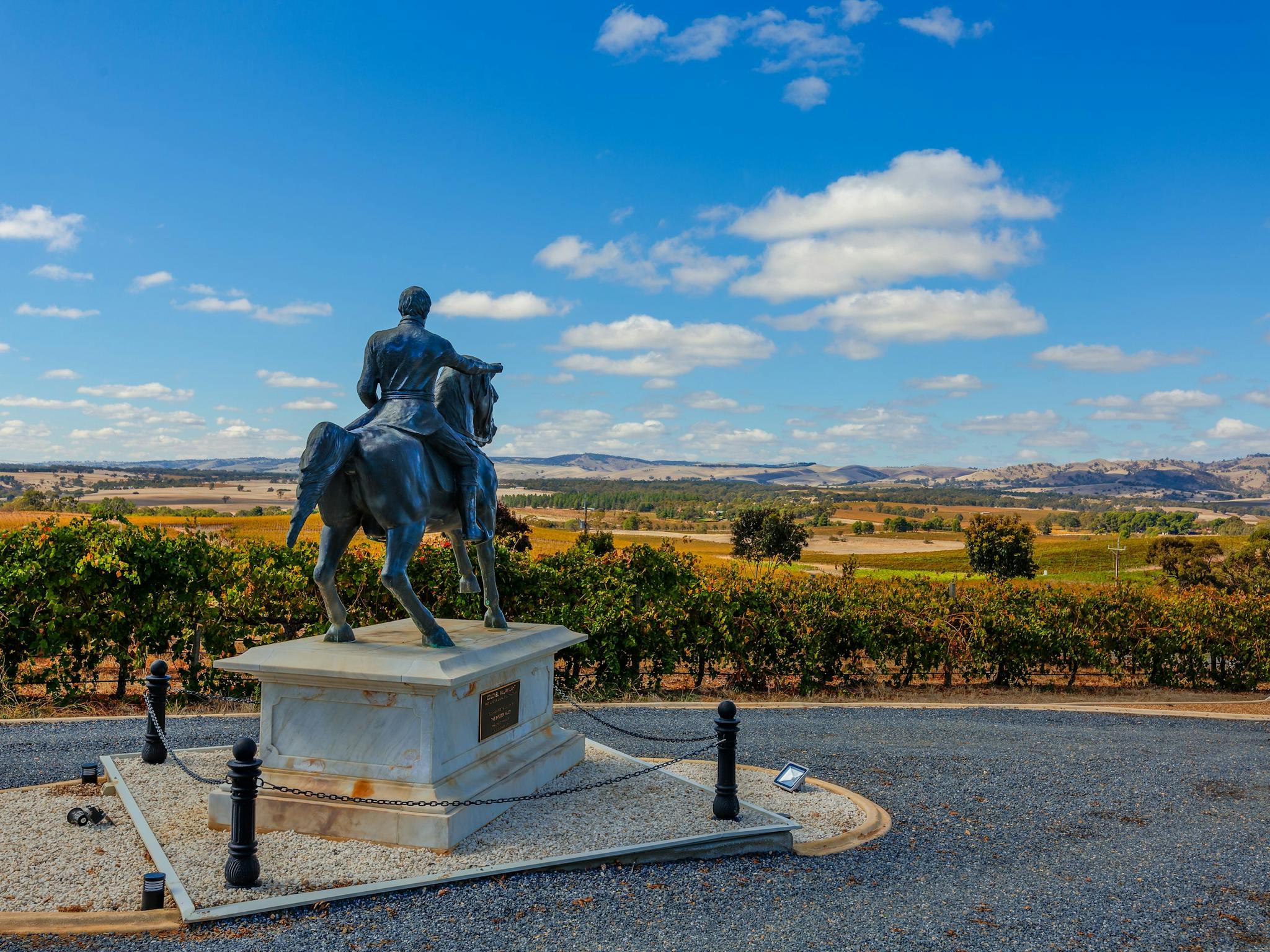




slide 1 of 2


Wonderground Barossa
Seppeltsfield
slide 1 of 1

slide 1 of 8
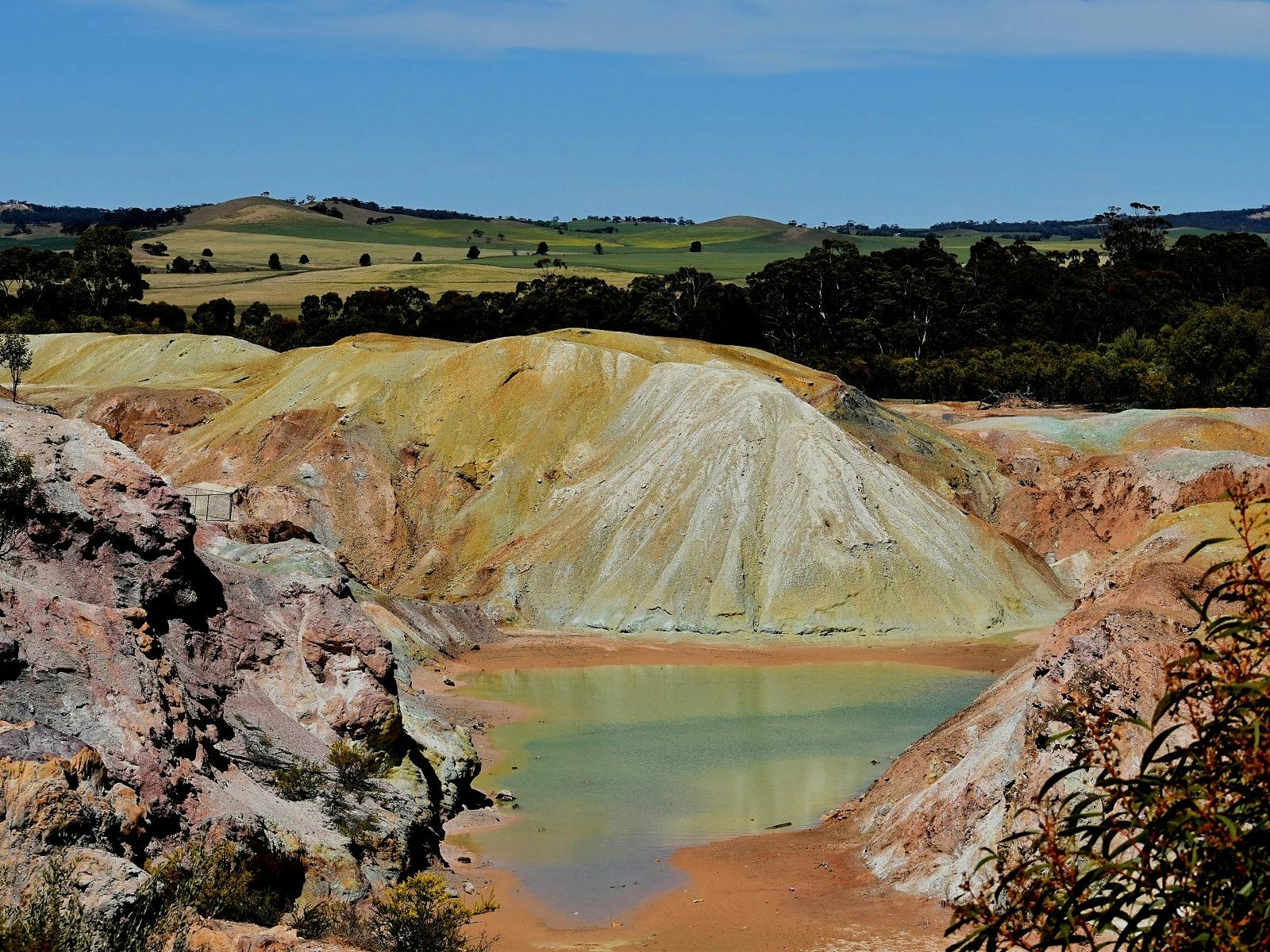
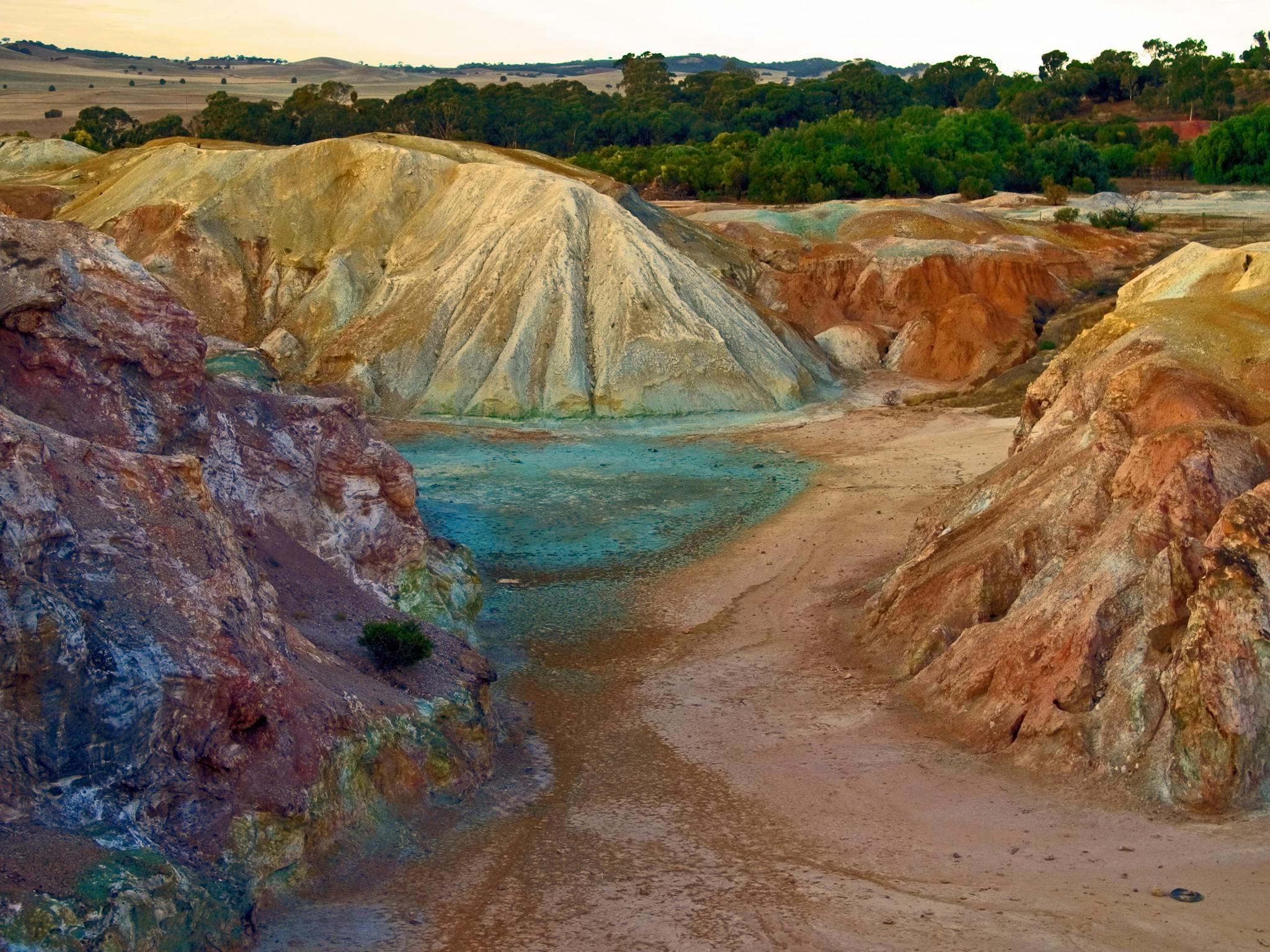
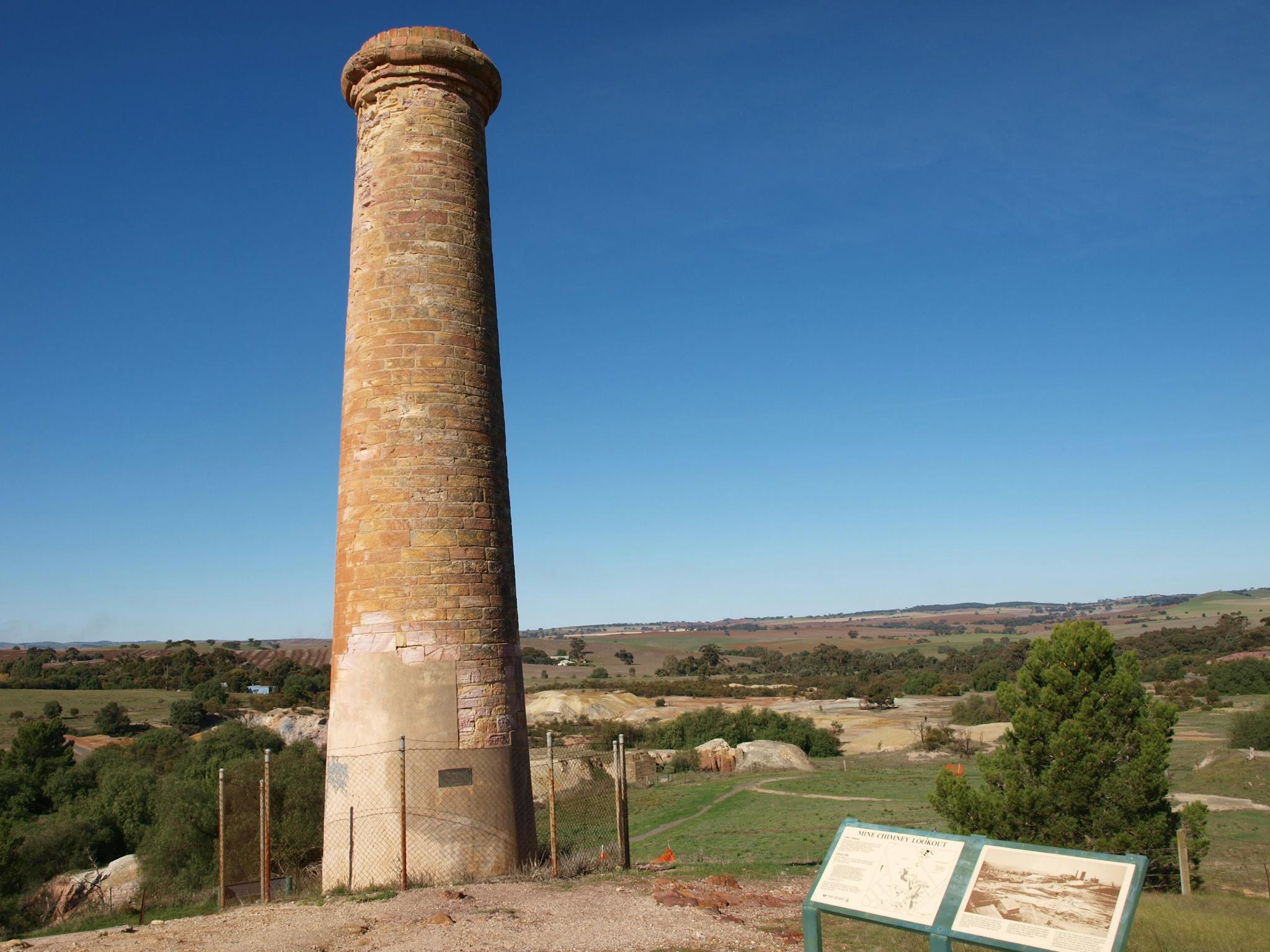


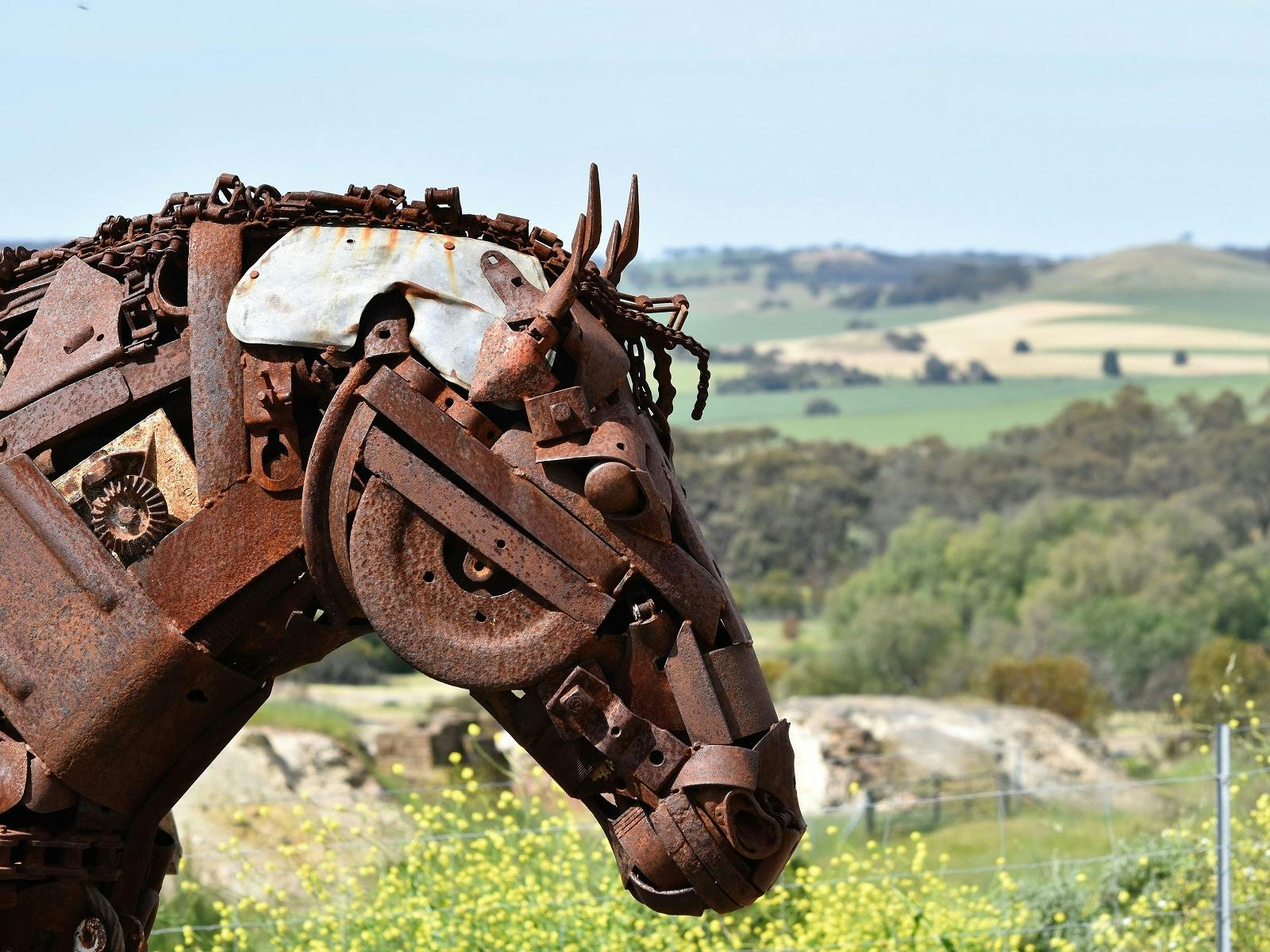
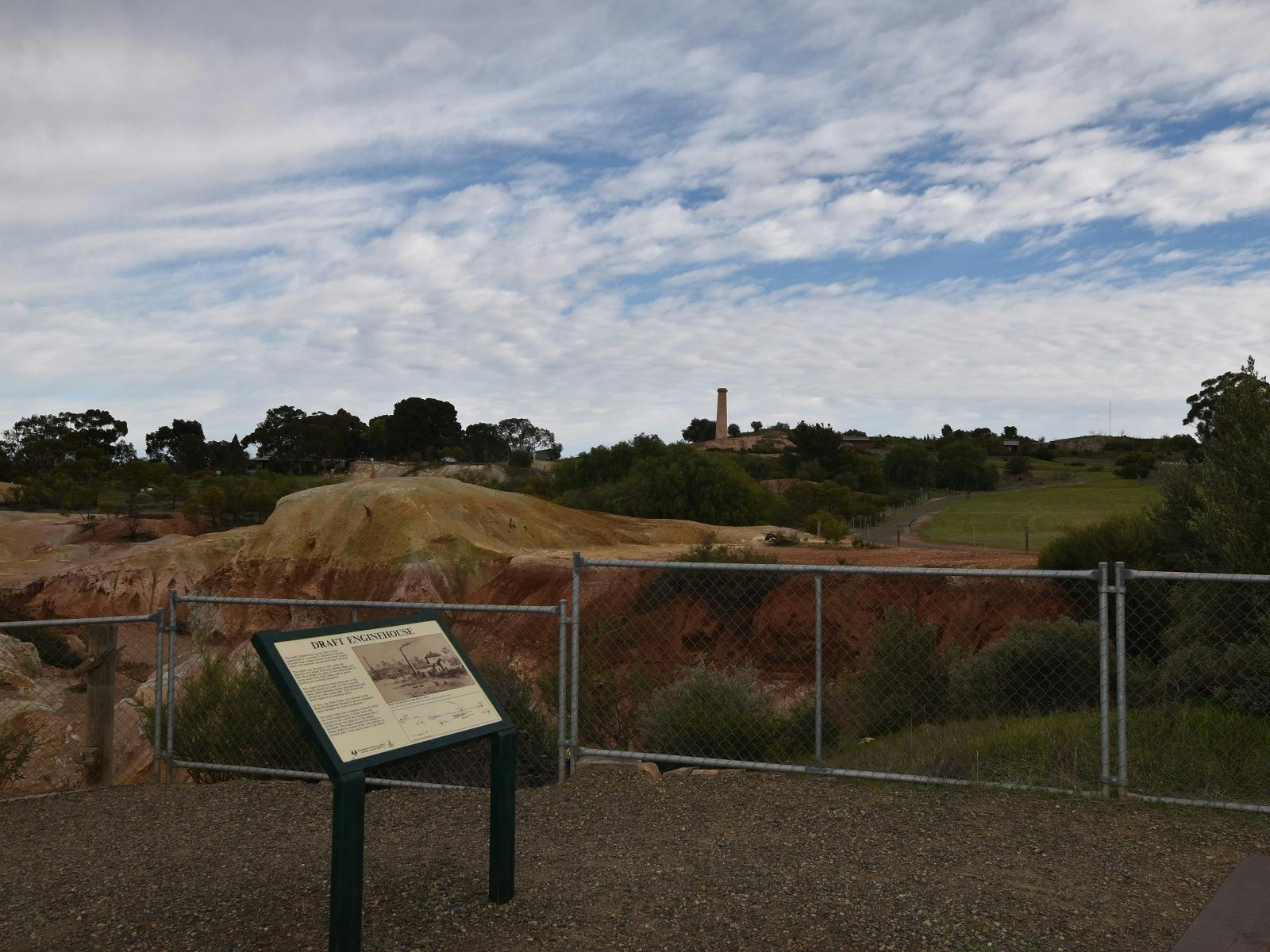
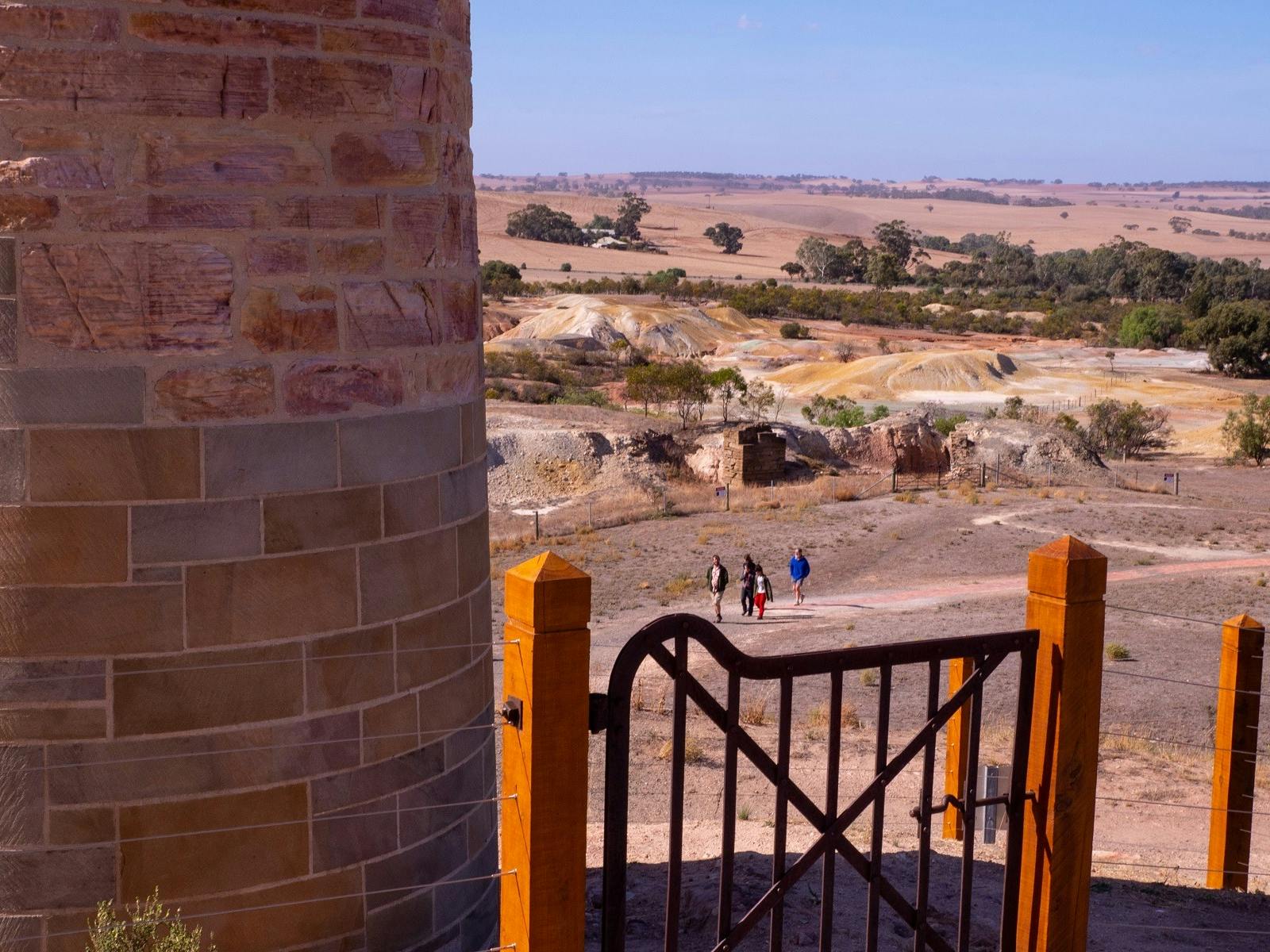
slide 1 of 1

slide 1 of 2
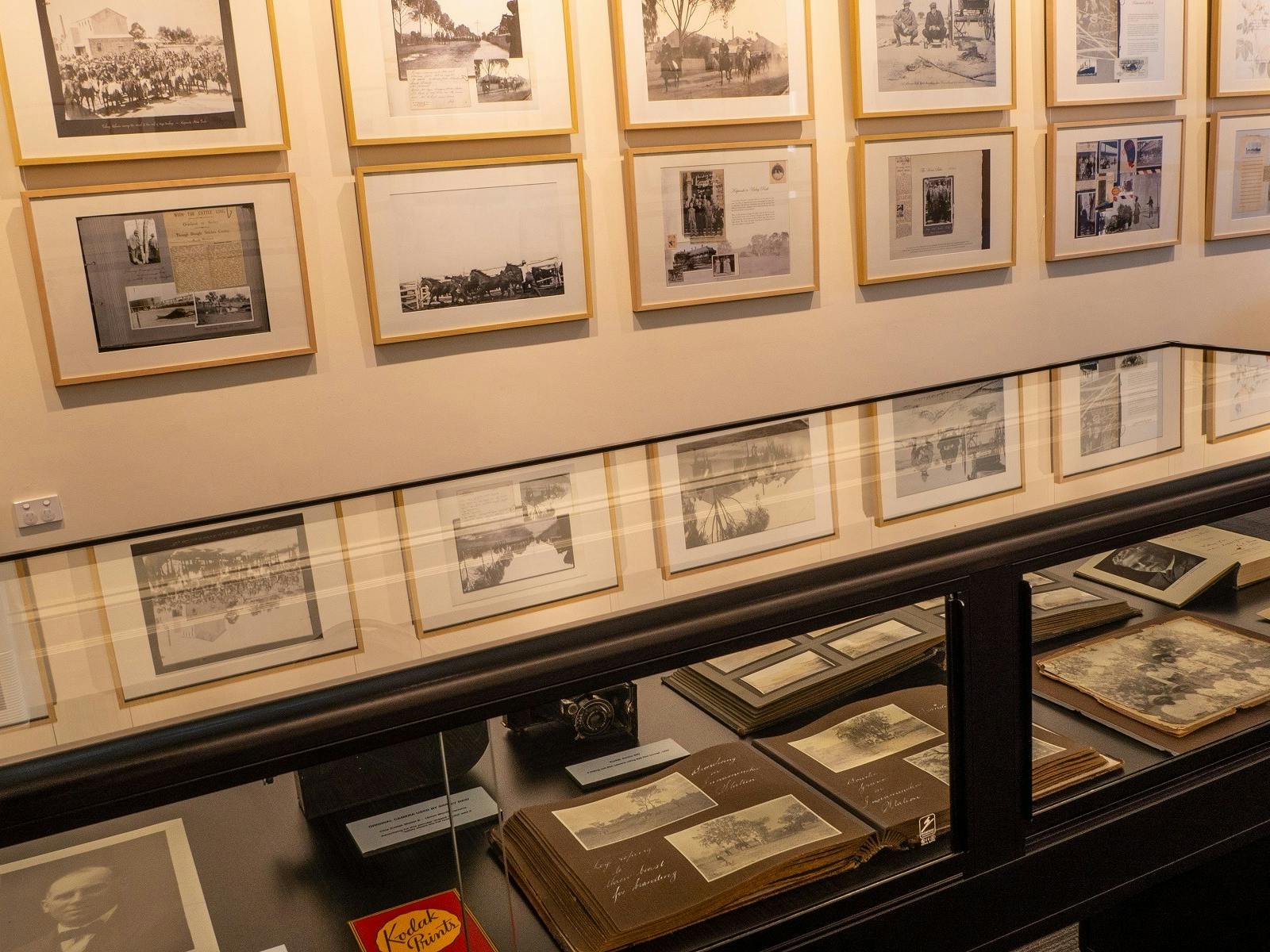

slide 1 of 1



